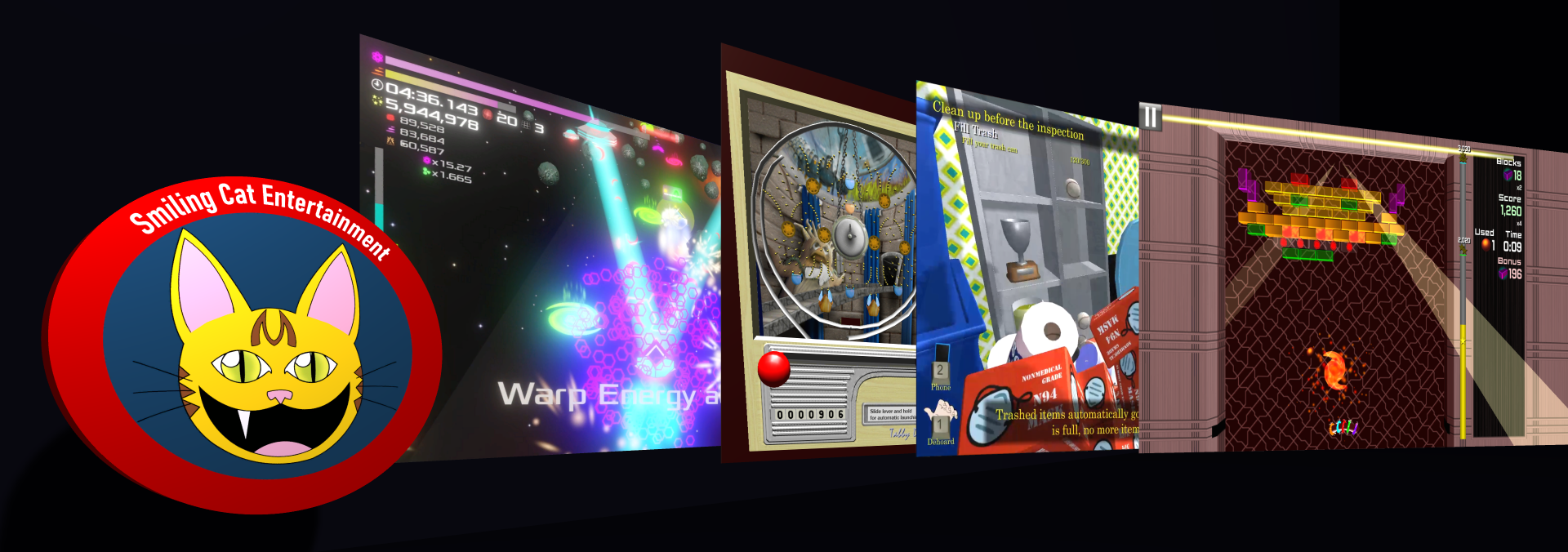Since my last update, I have been working a lot on populating the game world with furnishings and junk.
One of the things intended to be randomly generated in each new game is the style of many furnishings – lots of really ugly, randomized styles. One thing I quickly noticed when enabling this feature is that, if all furnishing styles are truly random, then sets of furnishings don’t look like sets at all but a bunch of mismatched pieces. For example, all 4 chairs around a table would be different, which wasn’t really appealing. In order to address this, I allowed each furnishing to have a style seed. With this seed, two furnishings of the same type with the same style seed will always have the same style within the same game.

All through the process of furnishing the house, I tried to keep the mindset of a fictional, over-the-top hoarder: Why should there be one floor lamp when there can be five? Why have just a couple of chaise lounges in the yard when you can have enough chaise lounges to open your own small resort?

With the process of furnishing, set pieces and physical barriers between zones are being put in place. The back room of the basement is literally a maze of storage totes. Lines of box hedges block access to portions of the yard. An imposing suit of armor blocks the way to the basement. These things are intended to help provide a flow of progression through the house.
“Loot tables” that specify what kinds of random junk can occur in which places are being restructured and tuned, also to support progression through the house. Rooms accessible earlier in the game will have a larger proportion of low-level junk, but will still have some higher level junk to encourage return trips to the room later in the game. Junk containers will have some low-level junk, but since they are generally only able to be opened when some attention to existing junk removal has been given in a room, containers tend to have higher-level junk.

The game has always (since Dehoarder 1) had the ability to create random junk at random locations within a rectangular volume. A long-implemented feature of Dehoarder 2 that I am starting to take more advantage of during this detailed design phase is the ability to generate a single random junk item at a particular location and rotation. This allows realistic population of locations like shelves and other furnishing surfaces. Bookshelves can now be filled completely with books. Smaller, more specific junk spawns are also being created, such as piles of rubber ducks in bathtubs, and piles of pillows on beds.

I only have a few rooms left on which to complete the junk population process, and then I will be moving on to more event scripting, which is really the last major thing that needs to happen before the game is finally ready for beta. I’m still hoping to make an announcement about a limited-participation beta event coinciding with GDEX this year, so make sure to check back for details.
